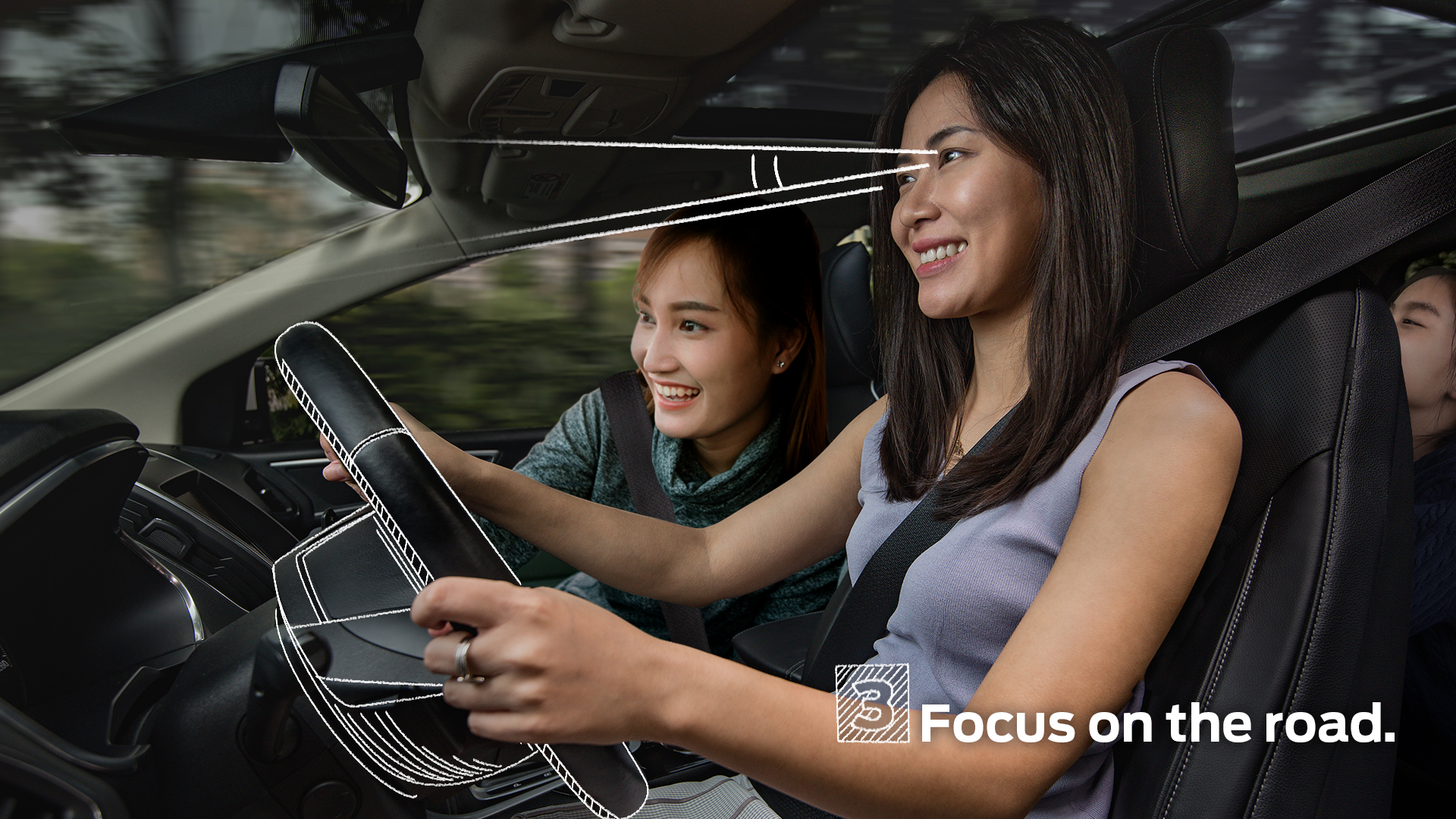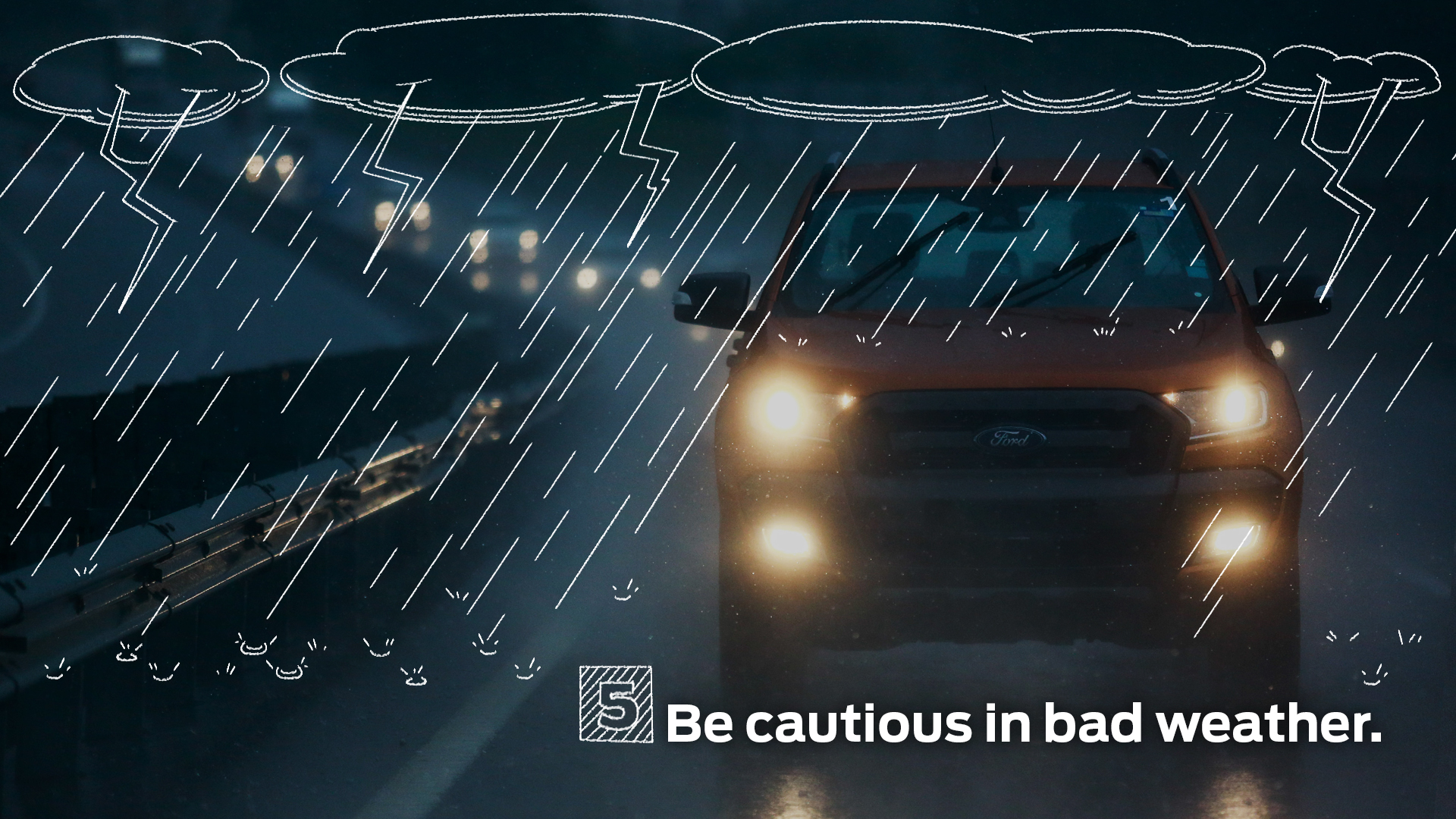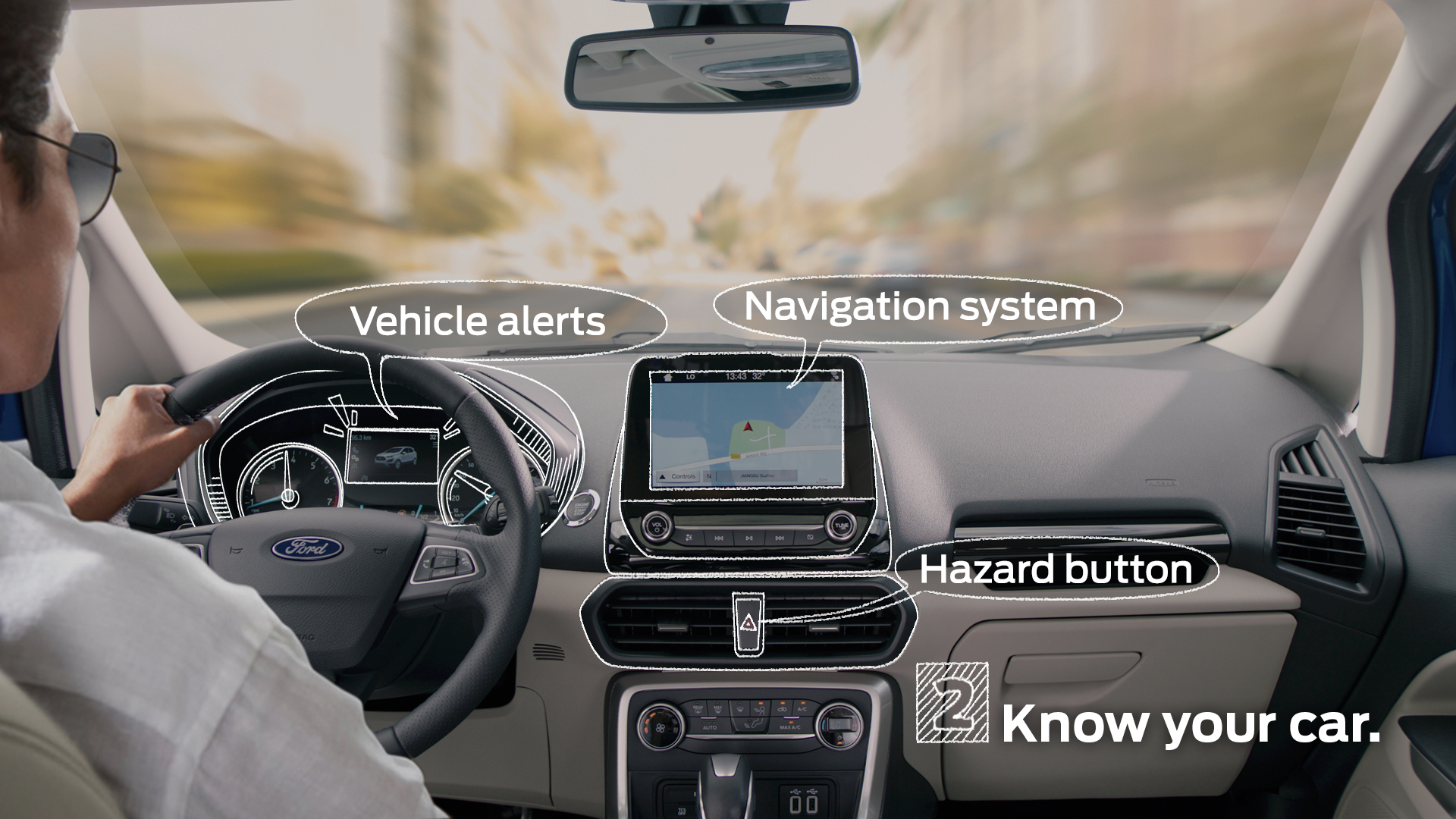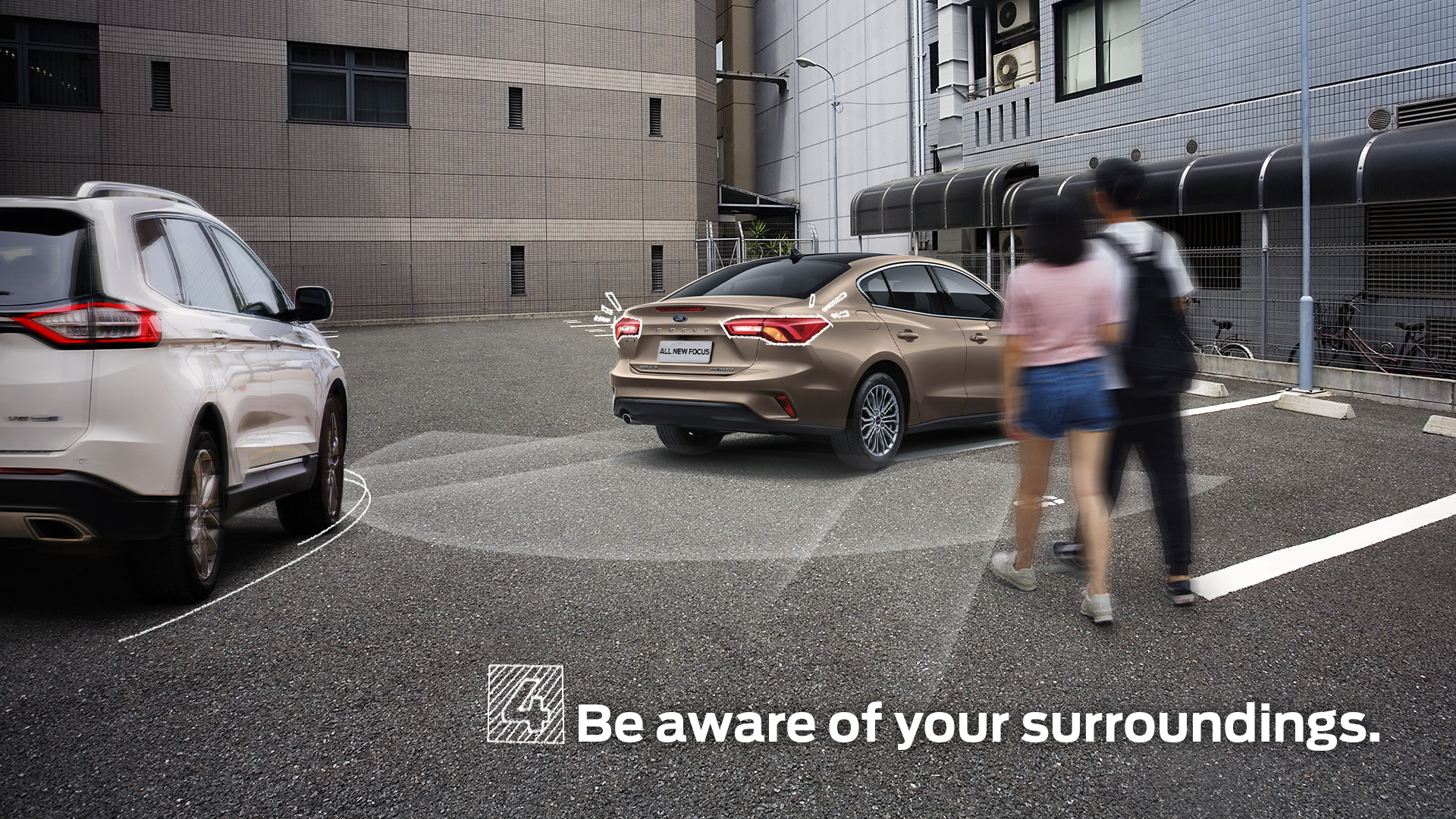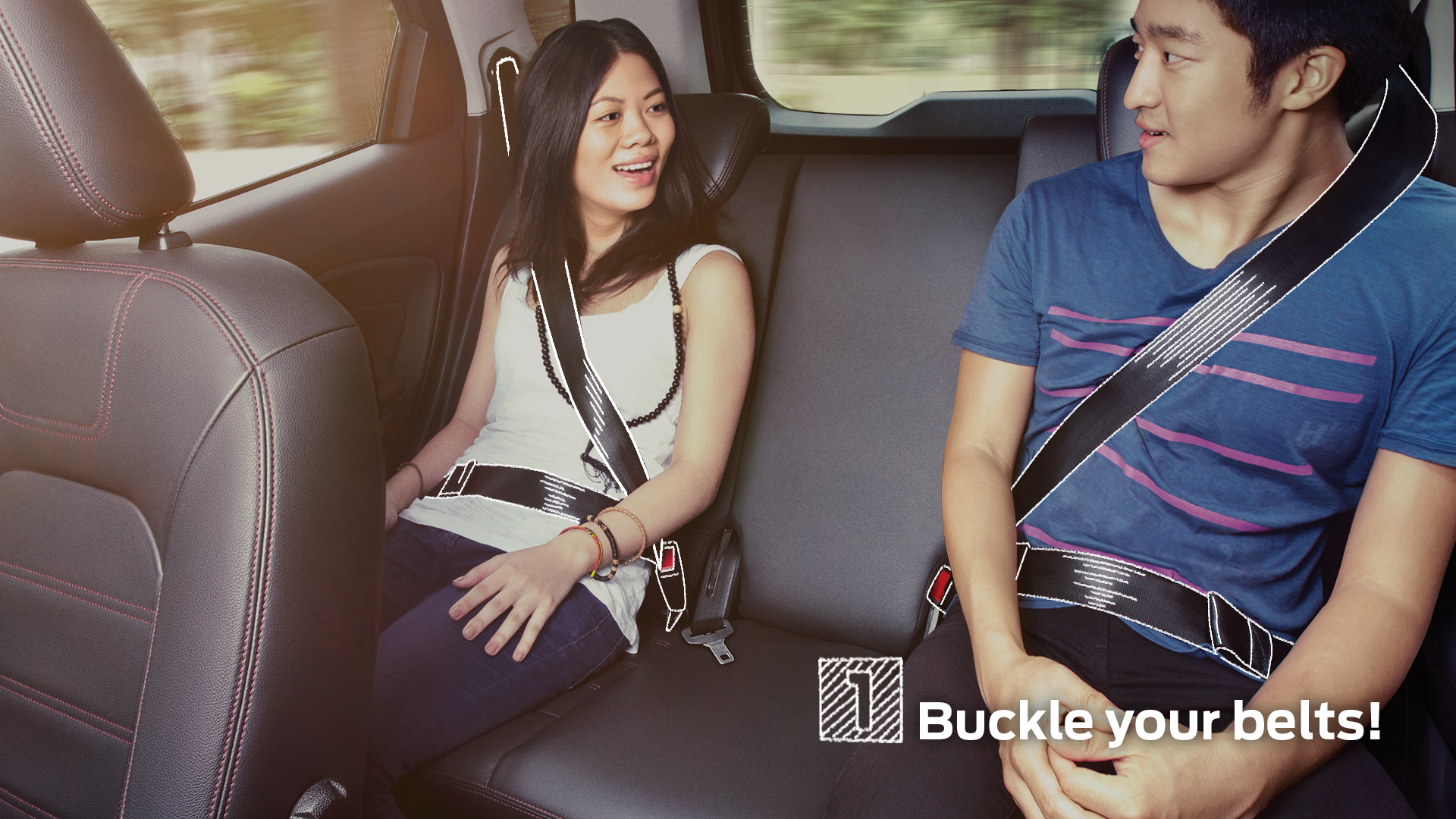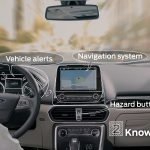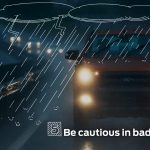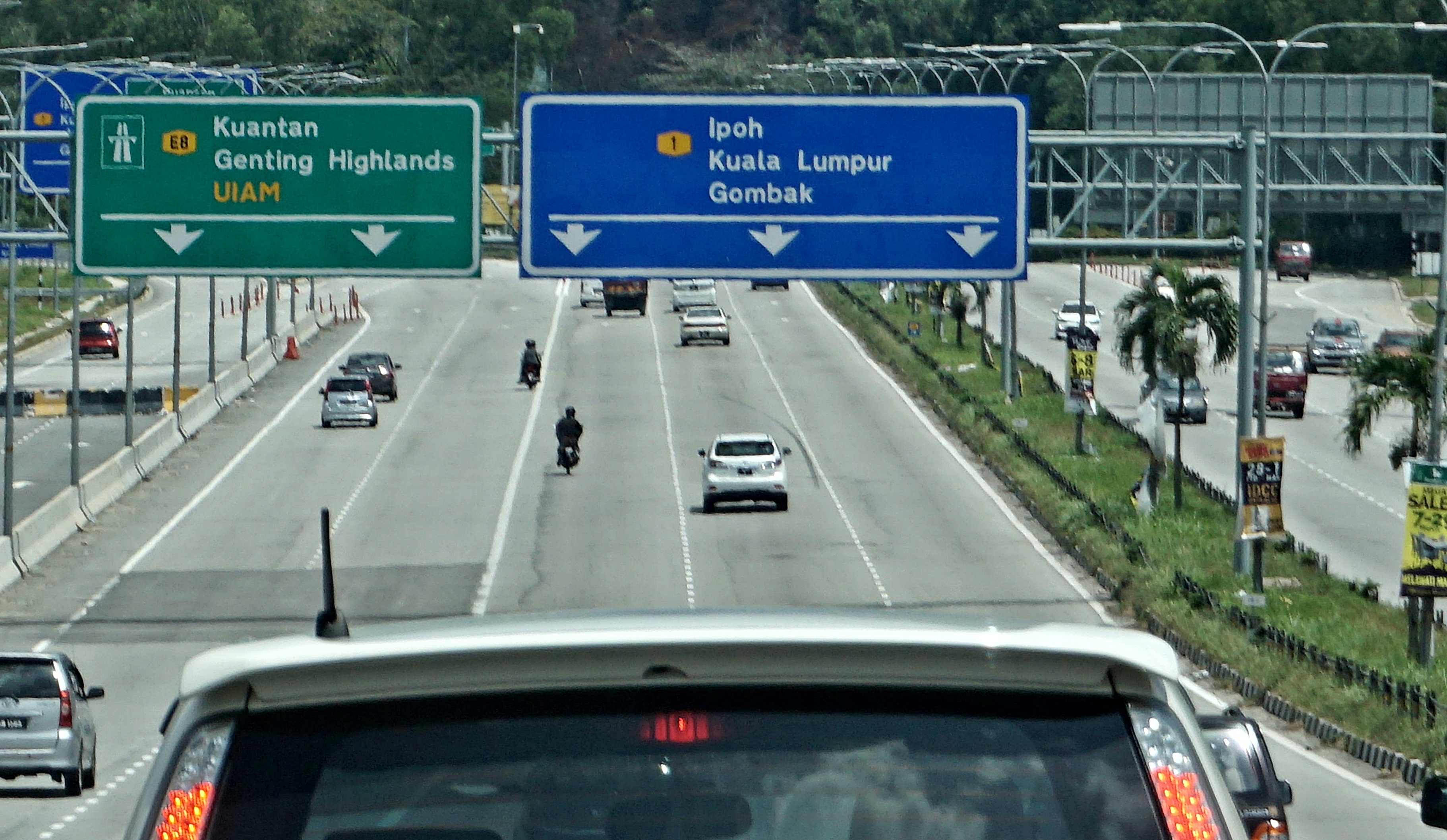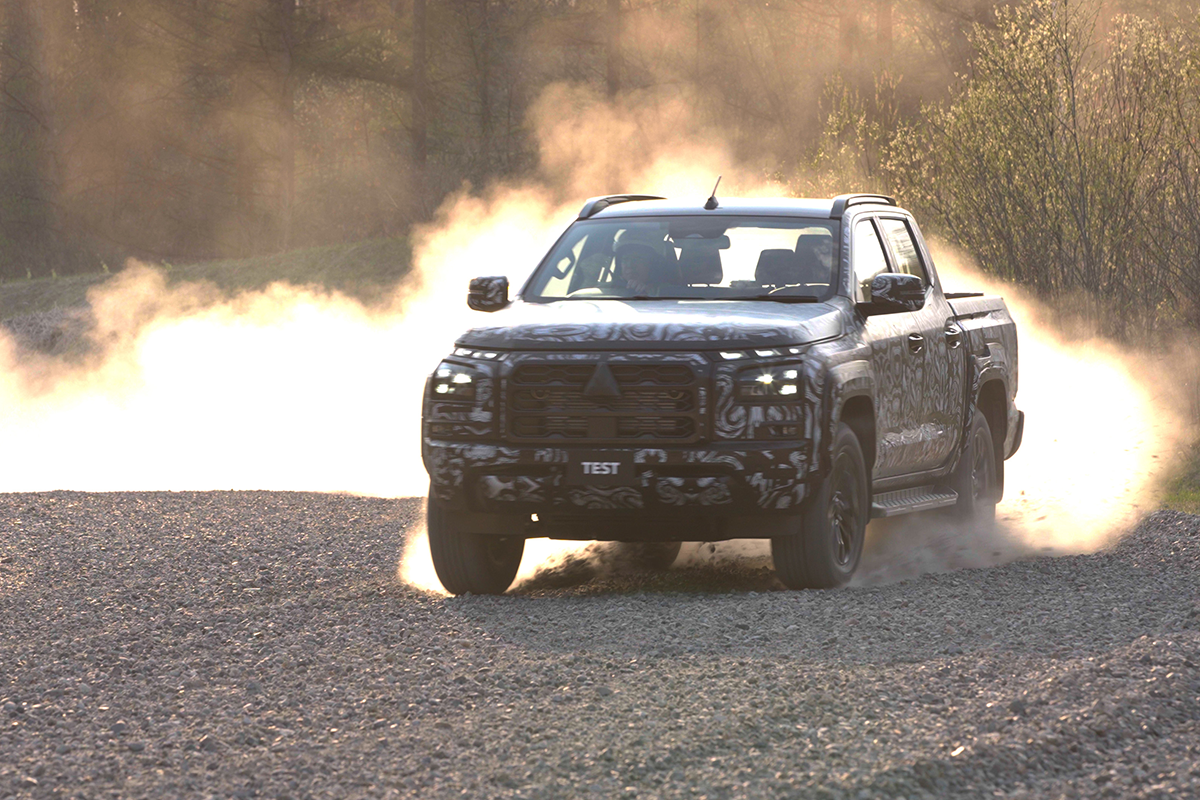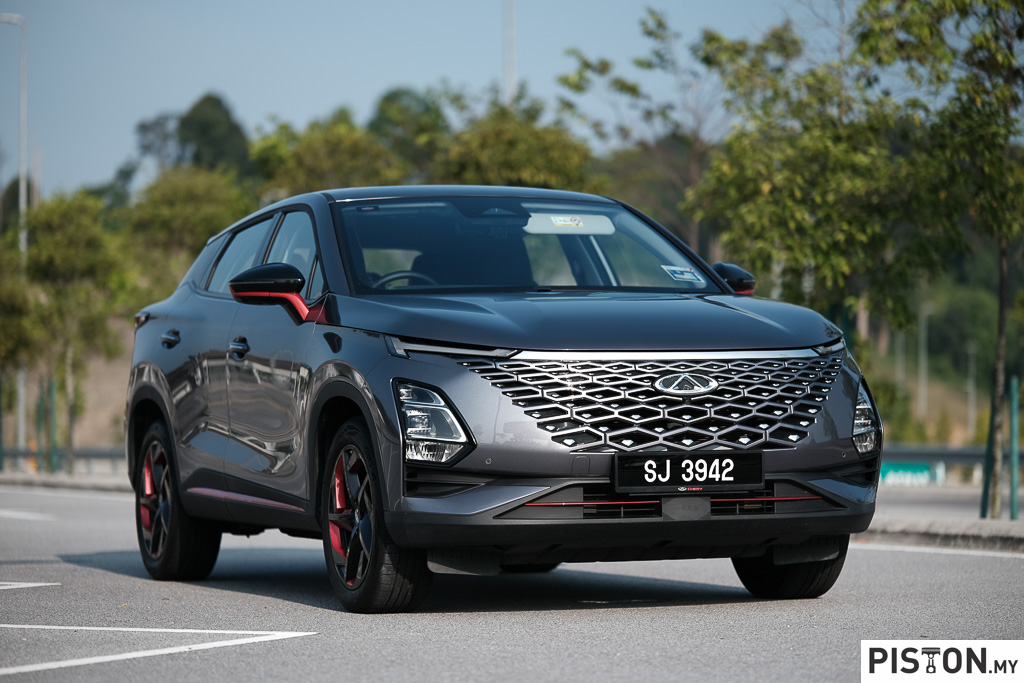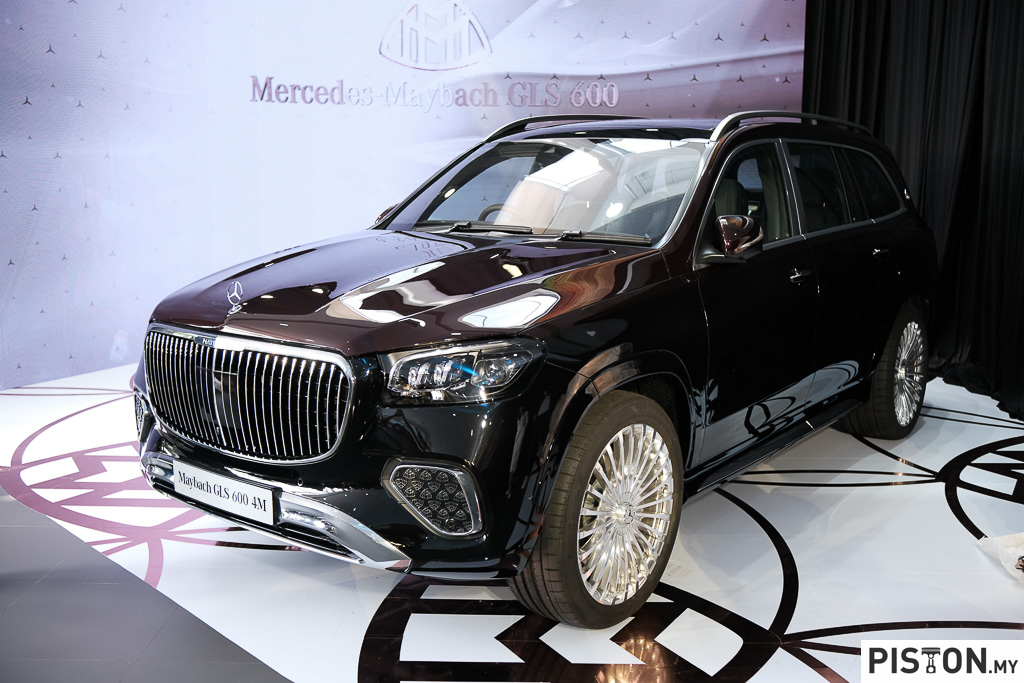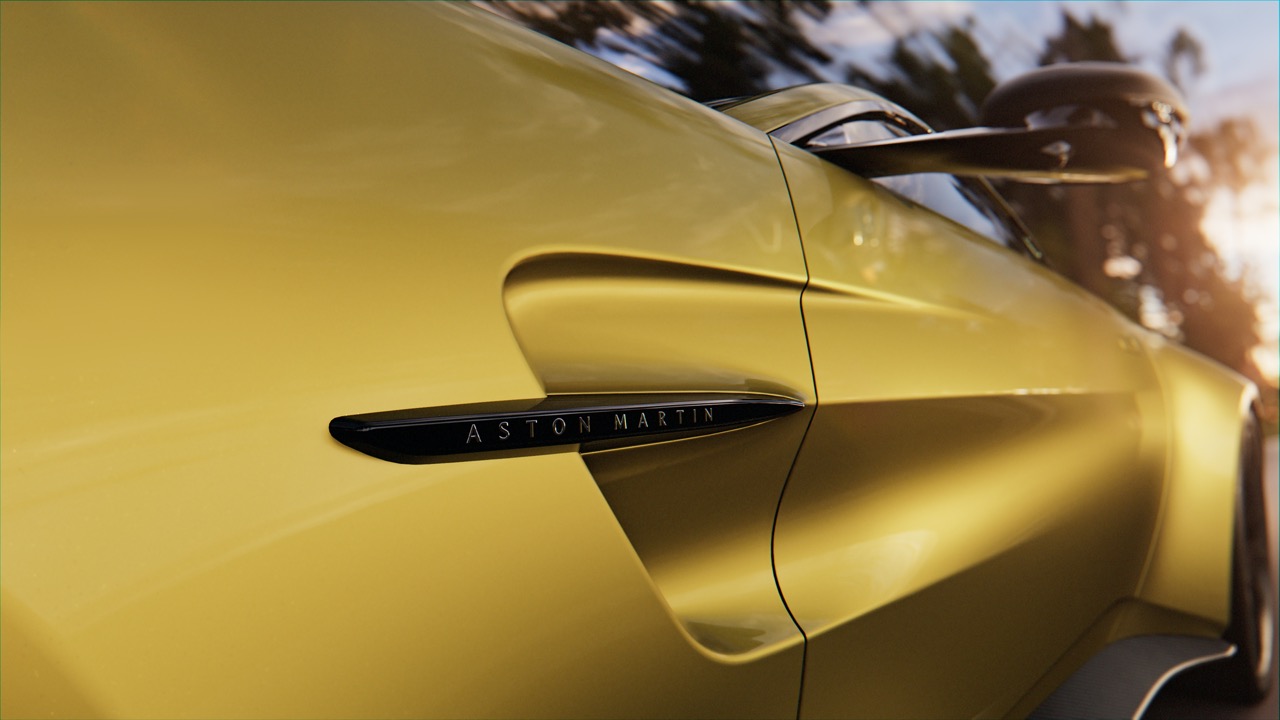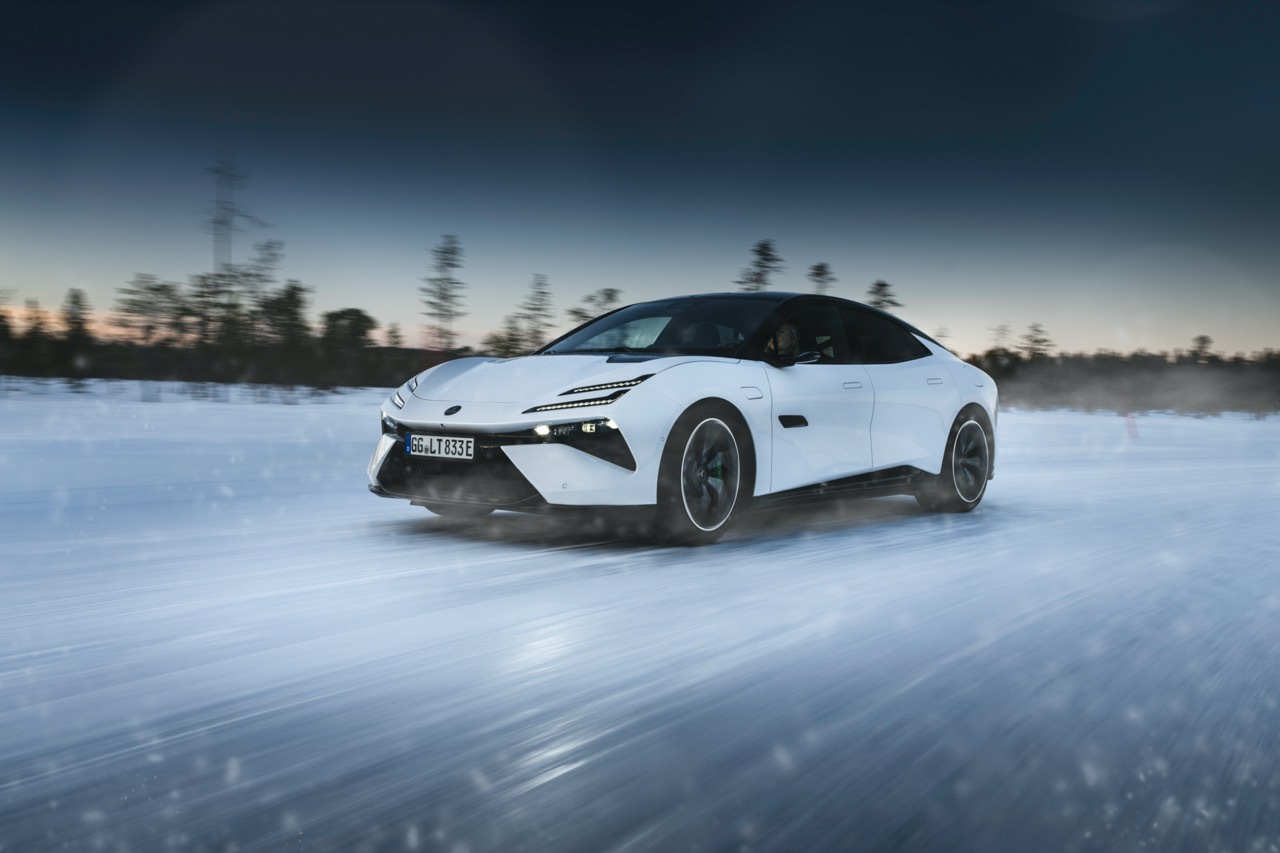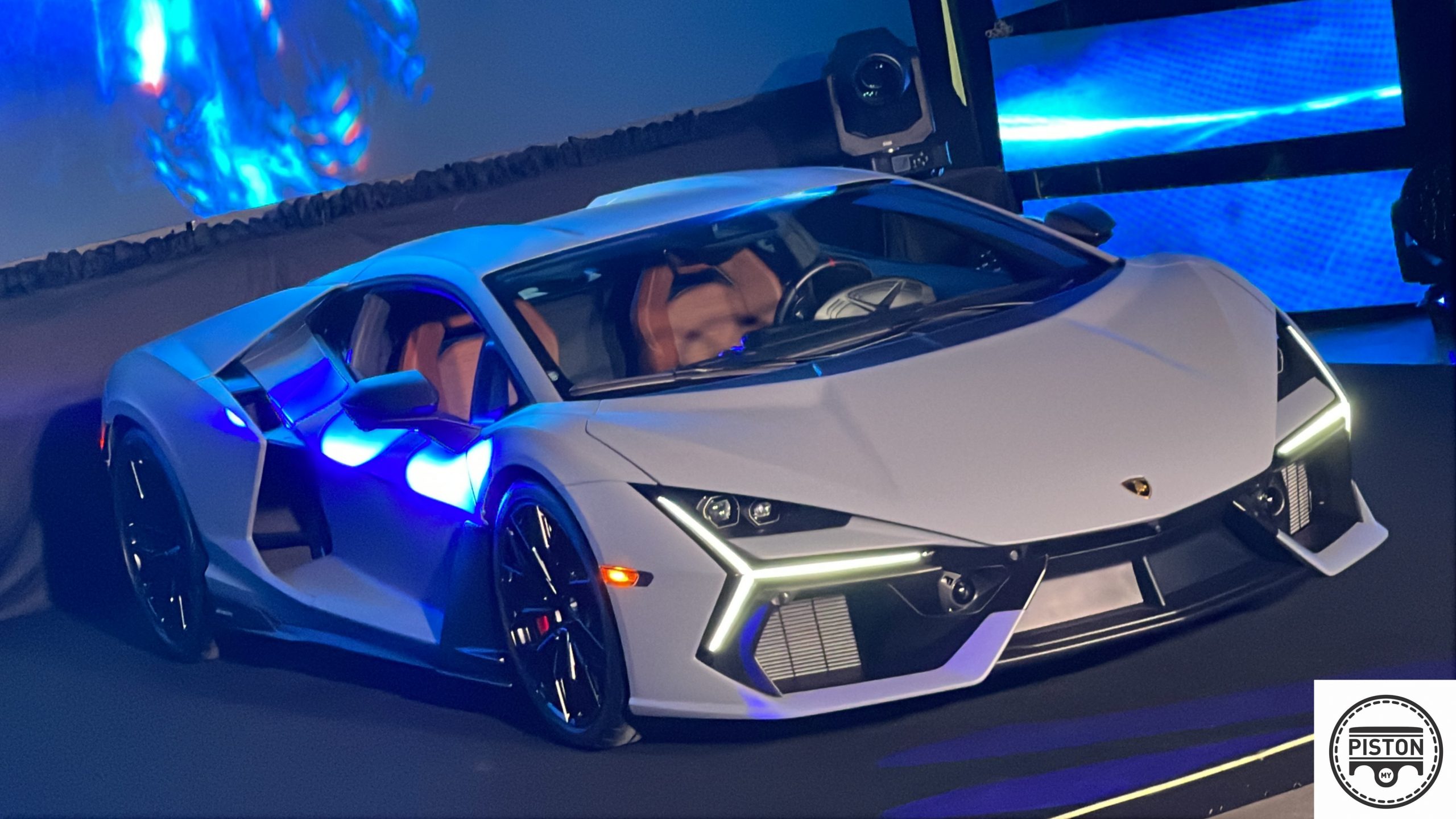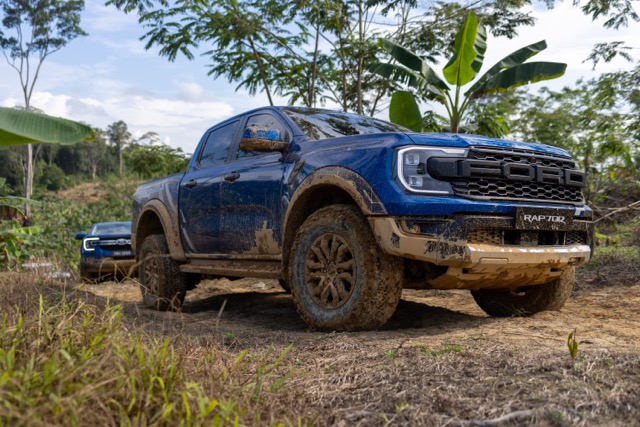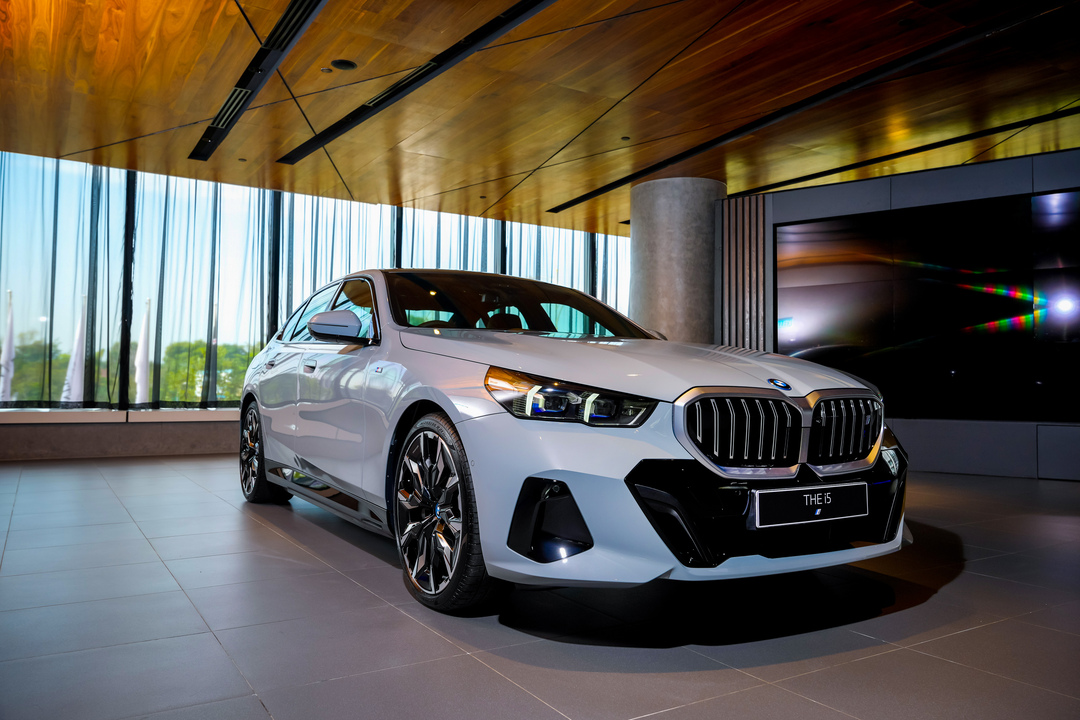It’s the holiday season! You just got your license! You’re behind the steering wheel, cruising into an exciting new world of driving, but in today’s crowded cities, it can be a dangerous world, too. Traffic is hectic, distractions are all around and other drivers and pedestrians can behave unpredictably (read: dangerously!). While being in a car can feel safer than driving on a scooter, you’re only as safe as your actions.
A recent Ford survey found an alarming number of young drivers who admitted using risky behaviors while driving – such as speeding and even watching TV. While some things are out of your control, knowing road safety rules and following a few practical tips can help protect you on the road – no matter how far or near you go.
- Buckle your belts! This may seem like old news. Wearing a seat belt is Rule #1. But many people are still reluctant to wear a seat belt, especially in the backseat.
The reasons why may surprise you. One common excuse for avoiding seatbelts is not wanting to wrinkle clothes! Hmmm, let’s consider the trade-offs. Don’t wear a seatbelt and you are prone to injury in case of an accident (and your clothes won’t fare well either). Or, wear a seatbelt and reduce your chance of injury by half in an accident – and reduce the risk of death by 45 percent. Trust us, seatbelts are beautiful. Your wrinkled clothes are beautiful after wearing a seatbelt. The takeaway? Buckle your seatbelt.
- Know your car. This may seem obvious, but every car is different, so know the car you’re in to avoid distractions on the road. Understand how to use your head lights, windshield wipers and temperature controls before darkness falls, before the monsoon rains hit, before you’re scrambling to turn on the aircon. This handy guide can help decipher the symbols on your dashboard instrument cluster.
Many cars today are equipped with driver-assist technologies to help keep you safe on busy roads. Get familiar with this technology before you set out. For example, the Ford Ranger Wildtrak that is equipped with Forward Collission Alert & Mitigation by Brakes, warns you on an obstacle ahead while the Lane Departure Warning System vibrates the steering to alert the driver that he or she is drifting out of the lane.
- Don’t be distracted. Phone alerts. Social media. Noisy children. Eating food. Applying makeup. Lack of sleep. Loud music. The list of distractions is endless. But distracted driving is linked to a growing number of accidents and fatalities and puts you in danger.
According to Ford’s 2017 survey about distracted driving, 54 percent of drivers in Asia Pacific say they try not to use their phones while driving – but they do anyway. Finish what you’re doing before you drive – your life and the lives of those around you are more important than answering that text.
- Drive defensively. Crawling along in bumper to scooter traffic can be frustrating for any driver, experienced or not, but here are some strategies for defensive driving.
Be aware of your surroundings, especially when backing out of parking spaces or making lane changes and turns. Take advantage of your car’s parking technology and other driver-assist technologies like Ford’s Blind Spot Information System (BLIS) with Cross Traffic Alert, which helps you be aware of cars in your own blind spot. Part of the Ford Co-Pilot360TM suite of driver-assist technologies, BLIS is designed to help detect and notify the driver of vehicles that may have entered the blind spot zone, on either side of your vehicle. When backing out of a parking space, the same sensors can detect vehicles approaching from the rear side.
Other practical defensive driving tips include:
- Use your turn signals.
- Keep two hands on the steering wheel.
- Watch out for animals! Small animals can suddenly dart into the road, and larger animals may unexpectedly block traffic altogether.
- Don’t engage with aggressive drivers, and remember, it’s not a race! The only finish line is getting home safely, so follow all speed limits.
- Watch the weather. Seasons change, and your situation on the road will, too. Practice driving in bad weather in a safe, secluded location to see how your traction, braking and steering are impacted at various speeds – if possible, have an experienced driver join you. Practicing will help you remain “calm in the storm” during a roadtrip or when it’s time to go to work or school.
Cyclical monsoons and typhoons can cause flooded roads with fallen or floating debris. Strong winds can make it difficult to stay in your lane, and sudden gusts can cause tall trucks to veer out of their lanes. Driving on flooded roads should be avoided, but here are a few strategies for cruising through the rainy season:
- Replace windshield wipers before the rains start…and check your tires to be sure they have adequate tread and are properly inflated.
- Turn on your headlights.
- Take it slow. Driving at high speeds can cause your car to hydroplane (lose traction and skid) on slippery pavement and may cause you to lose control.
Following these tips and taking a safe driving training course will help you avoid becoming a statistic and contribute positively towards responsible driving. Now in its eleventh year, Ford Driving Skills for Life (DSFL) offers free training for people across the Asia Pacific, including young drivers, expectant mothers, Uber drivers and farmers. The program covers hazard recognition, vehicle handling, speed and space management, distracted driving and much more. In Malaysia, DSFL has trained closed to 1,000 people in the past 3 years since 2012.


